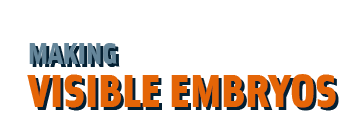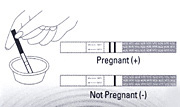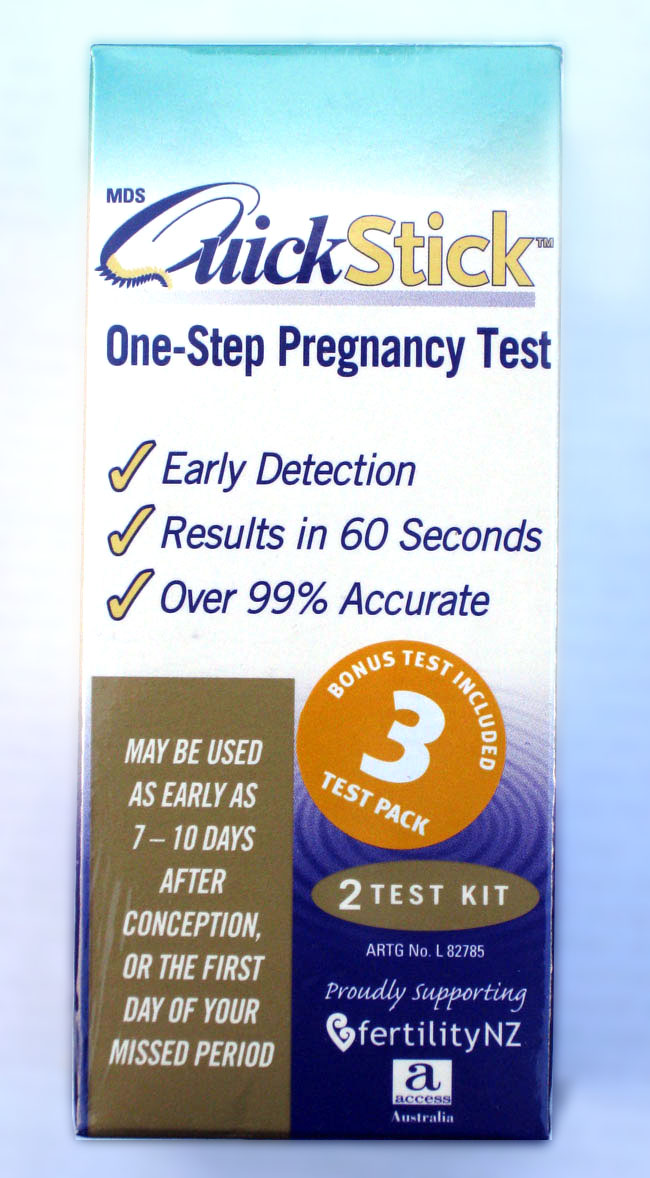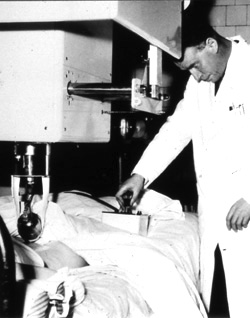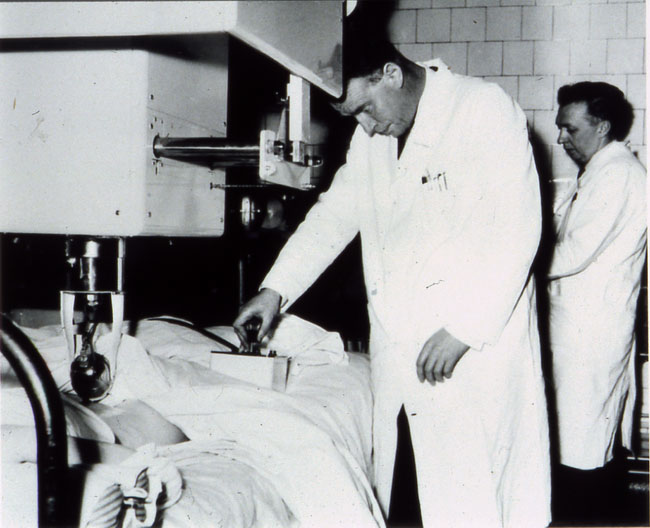Hormonal pregnancy tests. In 1928, at Berlin’s Charité hospital, the gynæcologist Bernhard Zondek and the chemist Selman Aschheim invented a procedure that measured the increase in gonadotrophic substance in the urine of a pregnant woman. Complicated and expensive—the urine had to be injected into immature mice and ovarian changes observed after a few days—this first laboratory pregnancy test was nonetheless revolutionary in bringing forward the moment of certain diagnosis. Mice were soon substituted with South African clawed frogs, kept in tanks at pregnancy diagnosis stations and family planning clinics. Injection of pregnancy urine under the skin stimulated the females to lay eggs that were easily seen the next day. From the 1960s the biological methods began to be replaced by immunological tests for chorionic gonadotropin.
Introduced to achieve greater control over all pregnancies, imaging technologies transformed obstetrics and public views of embryos.
Physicians and surgeons have managed difficult pregnancies for centuries, but routine childbirth remained at home and largely under the supervision of midwives until well into the twentieth century. In the early 1900s, obstetricians, trying to reduce the still high maternal mortality, pushed for greater control. This involved erasing the distinction between ‘normal’ and ‘abnormal’ births. Every pregnancy became potentially pathological and so, doctors in many countries claimed, in need of the close medical attention and high technology that only hospitals could provide.
Instead of just a stethoscope, diagnosing and monitoring pregnancy came to depend on complex machines in hospital wards. Initially X-rays, and then on a much larger scale ultrasound, promised women safety and became routine markers of the stages of pregnancy. Ultrasound scans are now standard additions to family albums and blogs, while public ideas of embryonic development have been crucially informed by Swedish photographer Lennart Nilsson’s more vivid photography in advice books and magazines.
